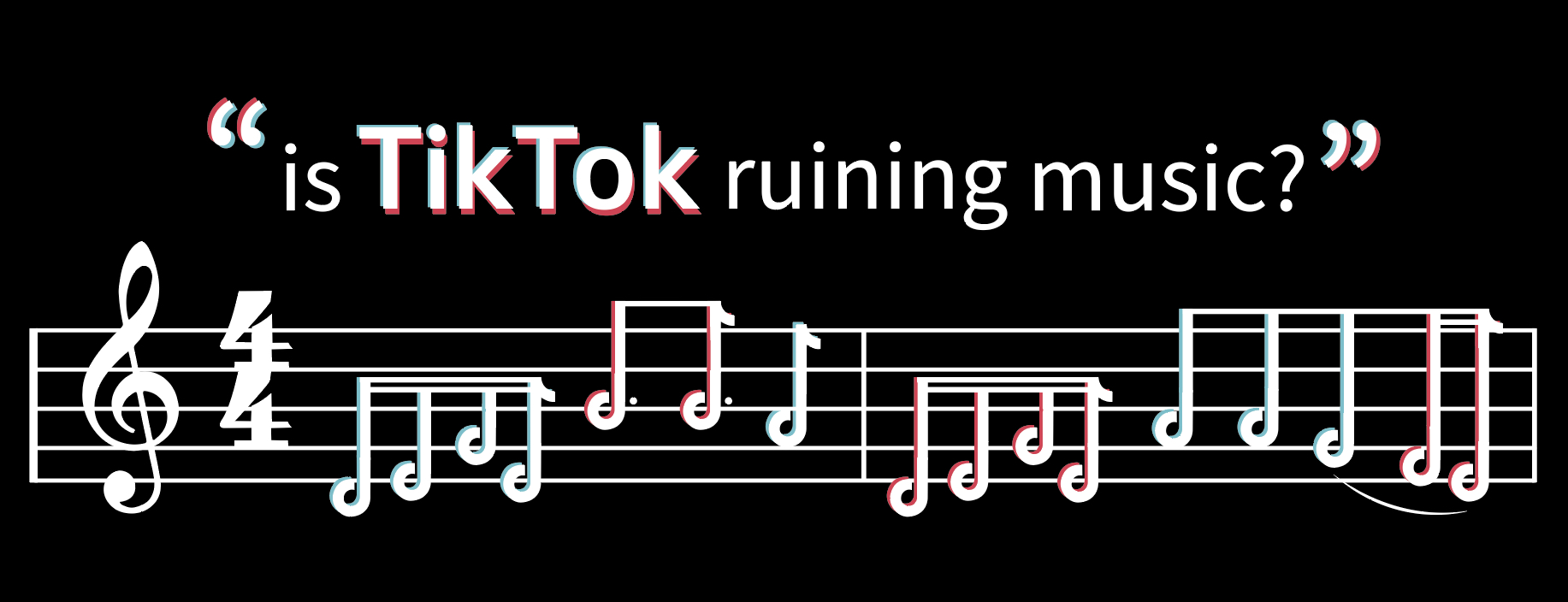By Melanie Chapman
Contributor

Illustration by Grace Farver
Steve Lacy’s “Bad Habit” has been slowly rising on the Billboard hot 100 since July. “Bad Habit” made its first entry at #100 and has not stopped increasing since then, with Lacy getting his first top ten at the beginning of August when “Bad Habit” landed at number seven. Aside from the Billboard charts, Lacy has been climbing on Spotify and Apple Music charts in the US and globally.
“Bad Habit” catchy tune and easy sing-along lyrics caught the attention of TikTok, with a snippet from his song gathering over half a million videos, catapulting it and earning “Bad Habit” his first number-one song in October.
This incident sparked conversations online about whether TikTok is harmful to the music industry, since this is not the first-time an artist has blown up on TikTok and topped the charts. Even now, half of the current songs on the hot 100 were trending (or still are) songs from TikTok.
These are not new conversations, music going viral on social apps is common. Dating back to 2014, Vine was one of the most popular video apps where songs went viral and stayed on the charts. However, it was not only Vine; in 2016, the “Black Beatles” challenge went viral on Instagram, earning Rae Sremmurd their first and only No. 1 on the Billboard hot 100 for seven weeks.
So many artists that are popular now were able to make a name for themselves due to social media, for example, Doja Cat’s “MOOO!” went viral on Twitter. Megan Thee Stallion gained an audience on Twitter and TikTok while being able to keep attracting listeners.
Artists have expressed their frustrations with how music is being handled and promoted, from Spotify shuffling albums for listeners who do not have premium to being forced to promote their music in 60 seconds for TikTok users. Many have already accepted that this is the new norm, and we could never go back to albums being the primary music source for consumers.


